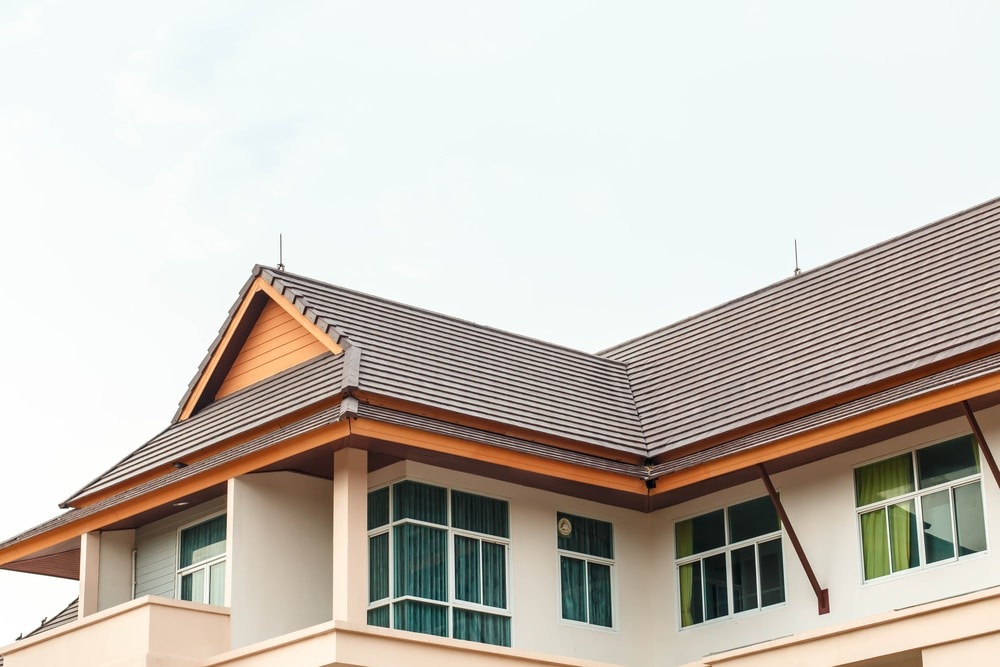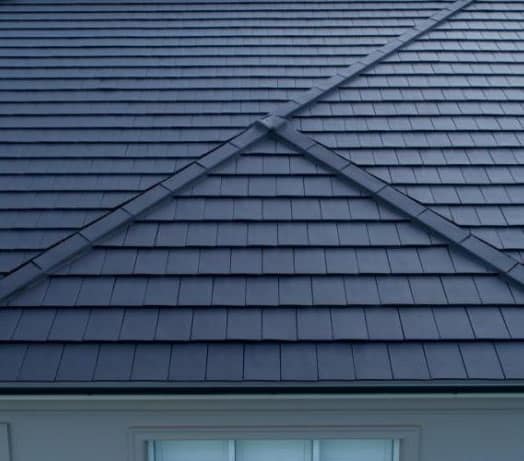The roof is an essential part of a home and its condition can have a significant impact on the stability, security, and comfort of those living inside. In Arizona, weather conditions change drastically throughout the year, making it important to consider when is the best time for re-roofing in order to maximize performance. This article will explore internal and external factors that need to be taken into consideration before scheduling a re-roofing project in Arizona. It will also provide insight into potential advantages of selecting certain times during the year over others. Finally, recommendations for preparation prior to beginning any re-roofing work will be outlined.
Weather conditions such as wind speed and humidity levels should also be taken into account since they can affect the quality of installation if not properly planned for. Additionally, some areas may experience flash flooding which could lead to further complications requiring additional measures to prevent water damage after completion of the project. Taken together these considerations must be addressed when attempting to determine what would constitute an ideal time frame for conducting a re-roofing in Arizona.
Climate Conditions In Arizona
Arizona is a desert state that experiences hot and dry summers, mild winters, and low rainfall. The average temperature in Arizona ranges from 40 to 80 degrees Fahrenheit throughout the year with temperatures reaching over 100 °F during summer months. Rainfall is scarce, particularly in the southern regions of the state where less than 10 inches of rain falls annually.
Due to its climate conditions, Arizona has been known for its clear skies and lack of precipitation which makes it an ideal place for roofing projects. With long periods of sunshine and minimal amounts of water exposure, roofs can remain intact longer compared to other areas in the United States.
Types Of Roofs Available
Roofing materials available in Arizona vary greatly, depending on the climate and local building standards. Common roof types in this area include asphalt shingle roofs, metal roofs, tile roofs, wood shakes, slate tiles, and flat membranes. Asphalt shingle roofs are one of the most popular due to their cost-effectiveness and durability. Metal roofs offer high performance against weather elements such as hail or wind damage.
Tile roofs are a good choice for homeowners who want an attractive look with excellent fire protection capabilities. Wood shakes provide a unique appearance but need regular maintenance to protect them from extreme weather conditions. Slate tiles provide natural beauty while also offering strong protection against water penetration and other damaging effects of severe storms. Flat membrane roofs are often used for commercial buildings because they require little maintenance and can be easily installed over existing surfaces without extensive remodeling work.
Benefits Of Reroofing
Reroofing is a great way to upgrade the look of an existing roof, as well as increasing its efficiency. Benefits of reroofing include improved protection from the elements, increased energy efficiency and cost savings, enhanced aesthetic appeal, and extended longevity for the roof.
One of the most important benefits to consider when deciding on whether or not to reroof is the added protection it provides against harsh weather conditions. New roofs are designed with higher-grade materials which will provide greater resistance against wind, rain, snow and extreme temperatures that can cause damage over time. Additionally, new roofs are often more resistant to developing leaks due to their better quality construction methods.
Energy efficiency is also another key factor in determining if reroofing is beneficial. A newer roof has been designed with insulation technology that helps trap heat during winter months while reflecting sunlight away during summer months; this results in lower energy bills year round. Furthermore, certain types of roofing options may even qualify homeowners for tax credits and other incentives which further reduce overall costs associated with installation and maintenance. Esthetically speaking, there are many different styles available today that can drastically improve curb appeal for any home regardless of age or location. Finally, replacing an old roof with new materials extends its life expectancy thereby reducing future repair costs associated with aging roofs.
Cost Considerations
The cost of re-roofing depends on several factors, including the size and type of roofing material. Roofs with large areas require more materials than small roofs, and more expensive materials can be significantly higher in cost. Additionally, labor costs for installation will vary according to the complexity of work required. Other considerations include whether or not existing layers have to be removed before beginning a new installation, which could increase time and expense.
It is important to consider all aspects when planning the budget for a roof replacement project. In addition to the purchase price of materials and labor costs, permits may need to be obtained from local authorities; this is also an additional cost factor that must be taken into account. Comparing estimates from reputable contractors is always recommended as it allows homeowners to find the best value while ensuring quality standards are met.
Preparing Your Home For Reroofing
It is important to ensure that your home is prepared for reroofing. This includes making sure the roof and walls are in good condition, clearing debris from the work area, and protecting items inside the house from damage or dirt. Additionally, having a plan in place for disposing of old materials should be considered as part of proper preparation for reroofing.
In Arizona, it is best to wait until monsoon season has ended before starting any roofing project. Monsoons usually begin in July and can last through September or early October depending on the year’s weather patterns. During this time, strong winds and rain can cause delays or unsafe conditions while working on a roof. It is also recommended to avoid scheduling projects during periods of extreme heat; temperatures exceeding 100 degrees Fahrenheit should be avoided when possible.
Professional Contractors To Hire
When deciding to roof a home in Arizona, it is important to choose the right contractor for the job. Licensed professionals are highly recommended to ensure that all work is done correctly and up to local building codes. It is beneficial to research potential contractors before making any decisions; this can include looking into reviews from previous customers, verifying their licenses, and obtaining estimates on the cost of materials and labor. Additionally, there should be an understanding of what type of warranties will be provided by each contractor.
The best time to re-roof in Arizona depends on when weather conditions allow for safe working conditions. For example, during summer months temperatures may become too hot for some workers or materials used. In order to avoid this issue, it is ideal to plan ahead and schedule projects around cooler times of year such as late fall or early spring. This helps prevent unnecessary delays due to extreme temperatures which could cause damage beyond repair.
Maintenance Tips
Having the right professional contractor to hire is a key element in roofing projects. It is equally important to understand and adhere to maintenance tips once the project is completed. Properly maintaining a roof can help ensure it lasts longer, while avoiding costly repairs or replacements due to negligence.
The best time for roof maintenance depends on the climate of the location as well as the type of materials used for construction, but generally Arizona homeowners should plan for twice-yearly inspections—once in late spring before monsoon season and again following summer’s end. During regular inspections, owners should check for loose shingles, damage from hailstorms, and any holes that may have been left by birds or other wildlife. Any chimneys should also be inspected and cleaned if necessary during these semiannual visits. In addition to physical inspection, experienced contractors recommend using specialized coatings with waterproof properties which will act as an additional layer of protection against intense sun exposure common in Arizona climates.




